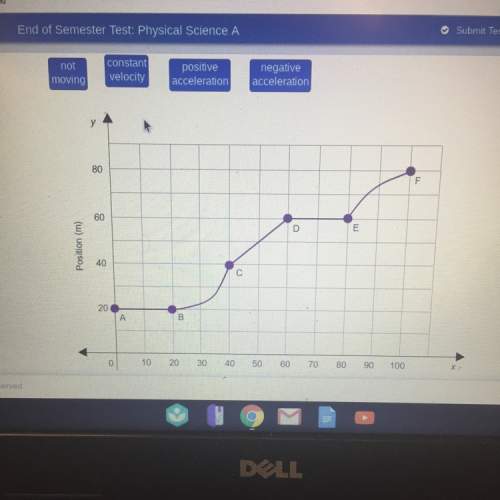
Questions
1. The bowling ball starts out at rest (speed = 0 m/s) at the top of the building (height = 40 m).
a. How much potential energy does the bowling ball have?
b. How much kinetic energy does the bowling ball have?
c. How much total energy (potential + kinetic) does the bowling ball have?
d. Of the bowling ball’s total energy, is more in the form of potential or kinetic energy?
2. When the bowling ball has fallen halfway down the building (height = 20 m), it has a speed of 19.8 m/s.
a. How much potential energy does the bowling ball have?
b. How much kinetic energy does the bowling ball have?
c. How much total energy (potential + kinetic) does the bowling ball have?
d. Of the bowling ball’s total energy, is more in the form of potential or kinetic energy?
3. Just before the bowling ball hits the ground (height = 0 m), it has a speed of 28 m/s.
a. How much potential energy does the bowling ball have?
b. How much kinetic energy does the bowling ball have?
c. How much total energy (potential + kinetic) does the bowling ball have?
d. Of the bowling ball’s total energy, is more in the form of potential or kinetic energy?
4. Compare the total energy of the bowling ball at each of the three points.
a. Do the potential or kinetic energy stay the same as the bowling ball falls?
b. What happens to the potential energy that the bowling ball started with as it falls?
c. Does the total amount of energy that the bowling

Answers: 1


Another question on Physics

Physics, 21.06.2019 20:30
Determine the amount of work done when a crane lifts a 100-n block form 2m above the ground to 6m above the ground
Answers: 1

Physics, 21.06.2019 22:00
Explain what makes a passenger in a turning car slide toward the door. critical thinking
Answers: 1

Physics, 21.06.2019 23:20
According to newton's second law, when the same force is applied to two objects of different masses, a the object with greater mass will experience a great acceleration, and the object with less mass will experience an even greater acceleration, b. the object with greater mass will experience a smaller acceleration, and the object with less mass will experience a greater acceleration, c. the object with greater mass will experience a greater acceleration, and the object with less mass will experience a smaller acceleration, d. the object with greater mass will experience a small acceleration, and the object with less mass will experience an even smaller acceleration.
Answers: 1

Physics, 22.06.2019 13:10
The atoms in a nickel crystal vibrate as harmonic oscillators with an angular frequency of 2.3 × 1013 rad/s. the mass of a nickel atom is 9.75 × 10-26 kg. what is the difference in energy between adjacent vibrational energy levels of nickel? (h = 6.626 × 10-34 j • s, , 1 ev = 1.60 × 10-19 j)
Answers: 2
You know the right answer?
Questions
1. The bowling ball starts out at rest (speed = 0 m/s) at the top of the building (height...
Questions

Mathematics, 21.08.2020 22:01

Chemistry, 21.08.2020 22:01


Mathematics, 21.08.2020 22:01




Mathematics, 21.08.2020 22:01












Mathematics, 21.08.2020 22:01




